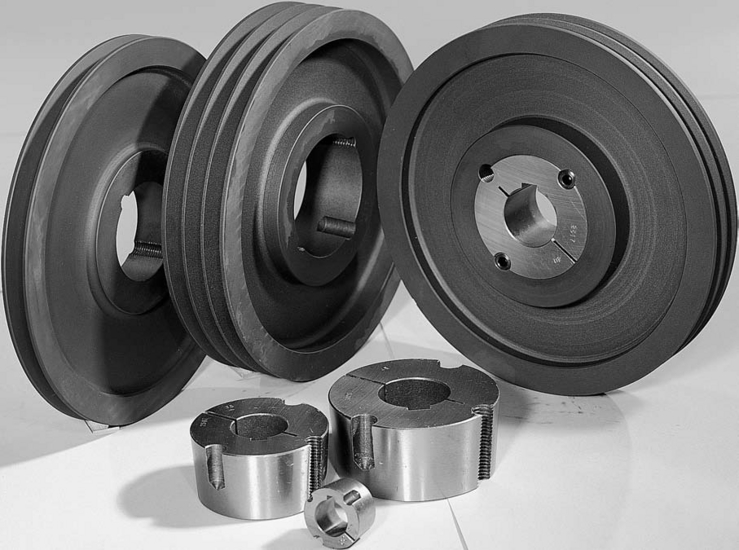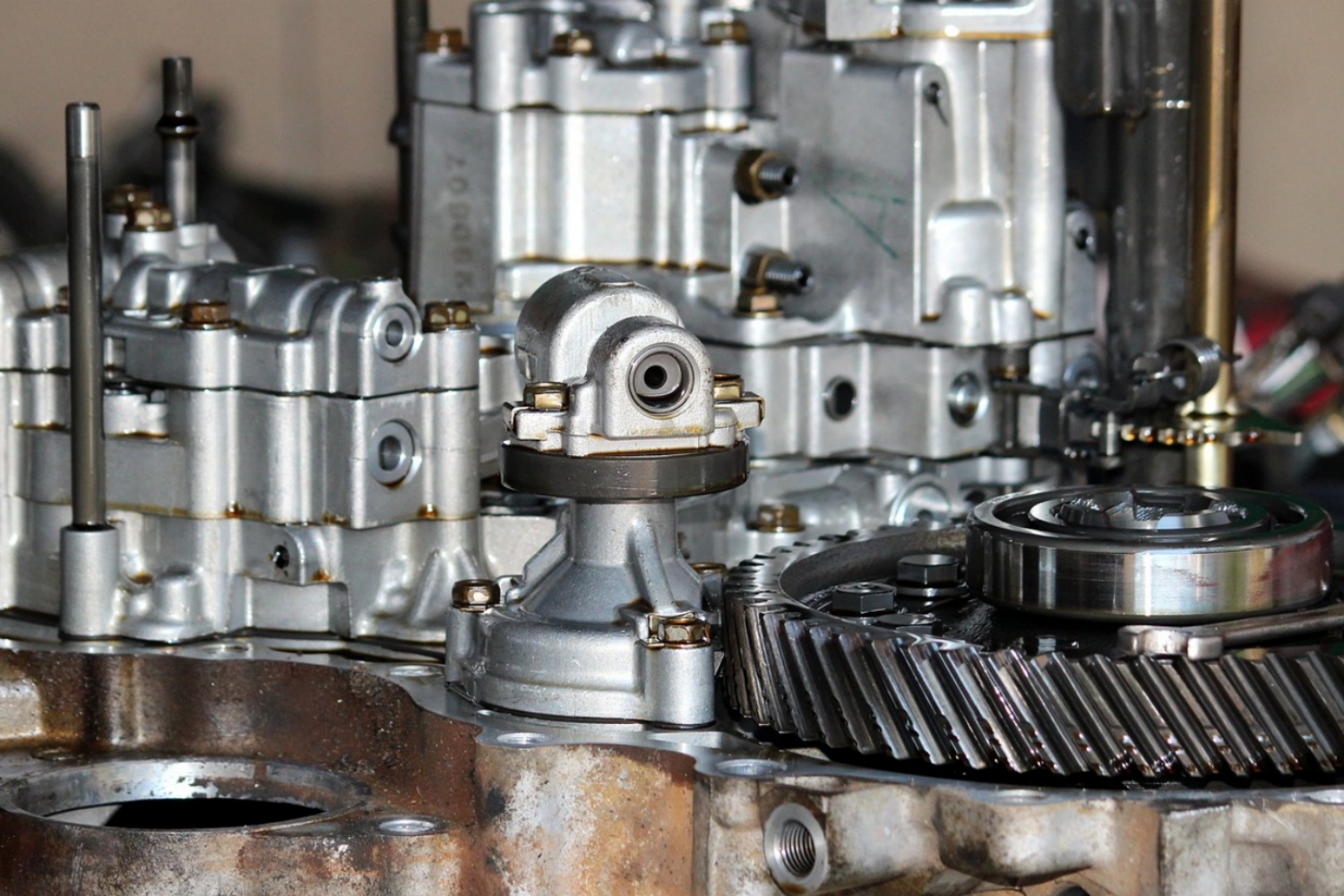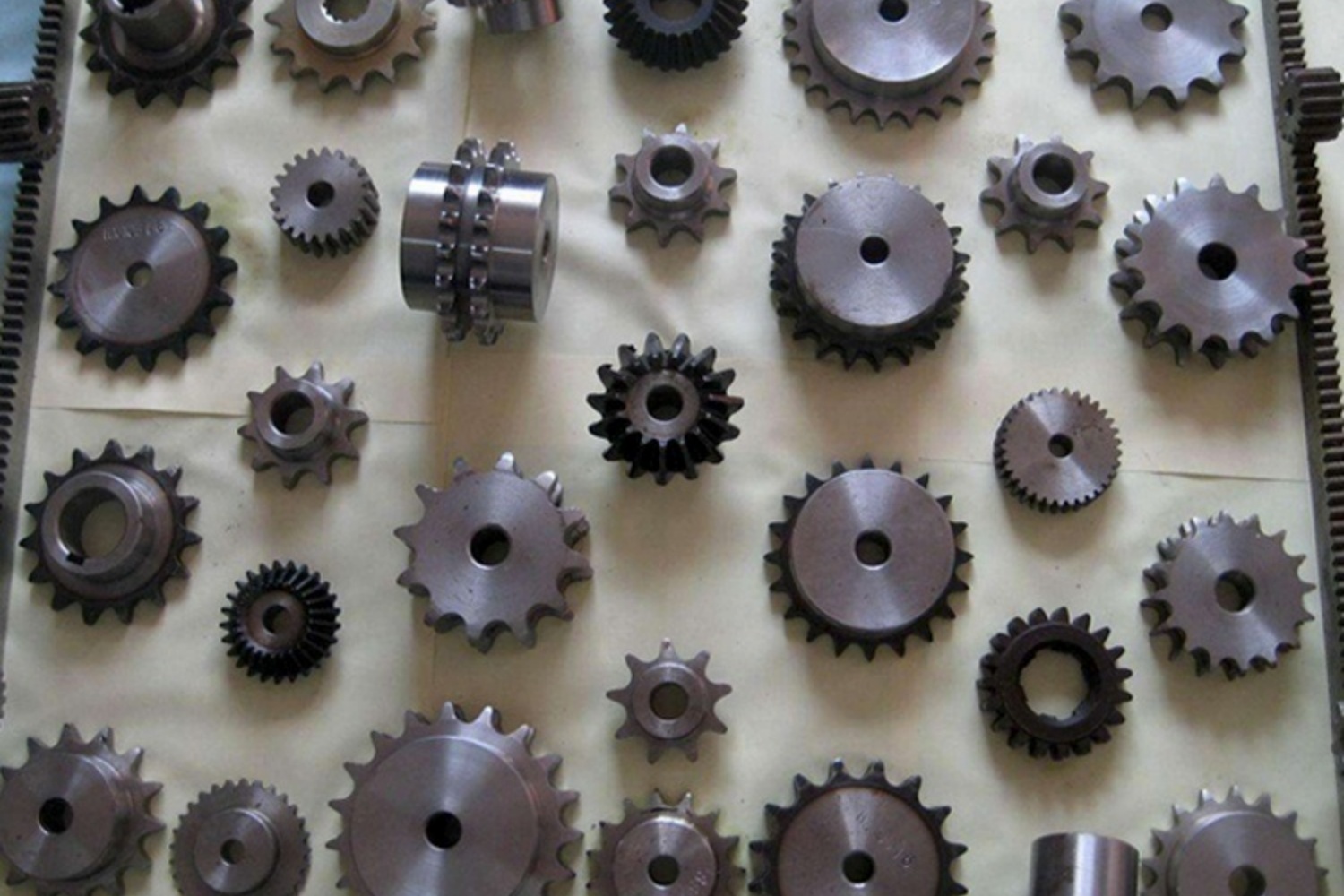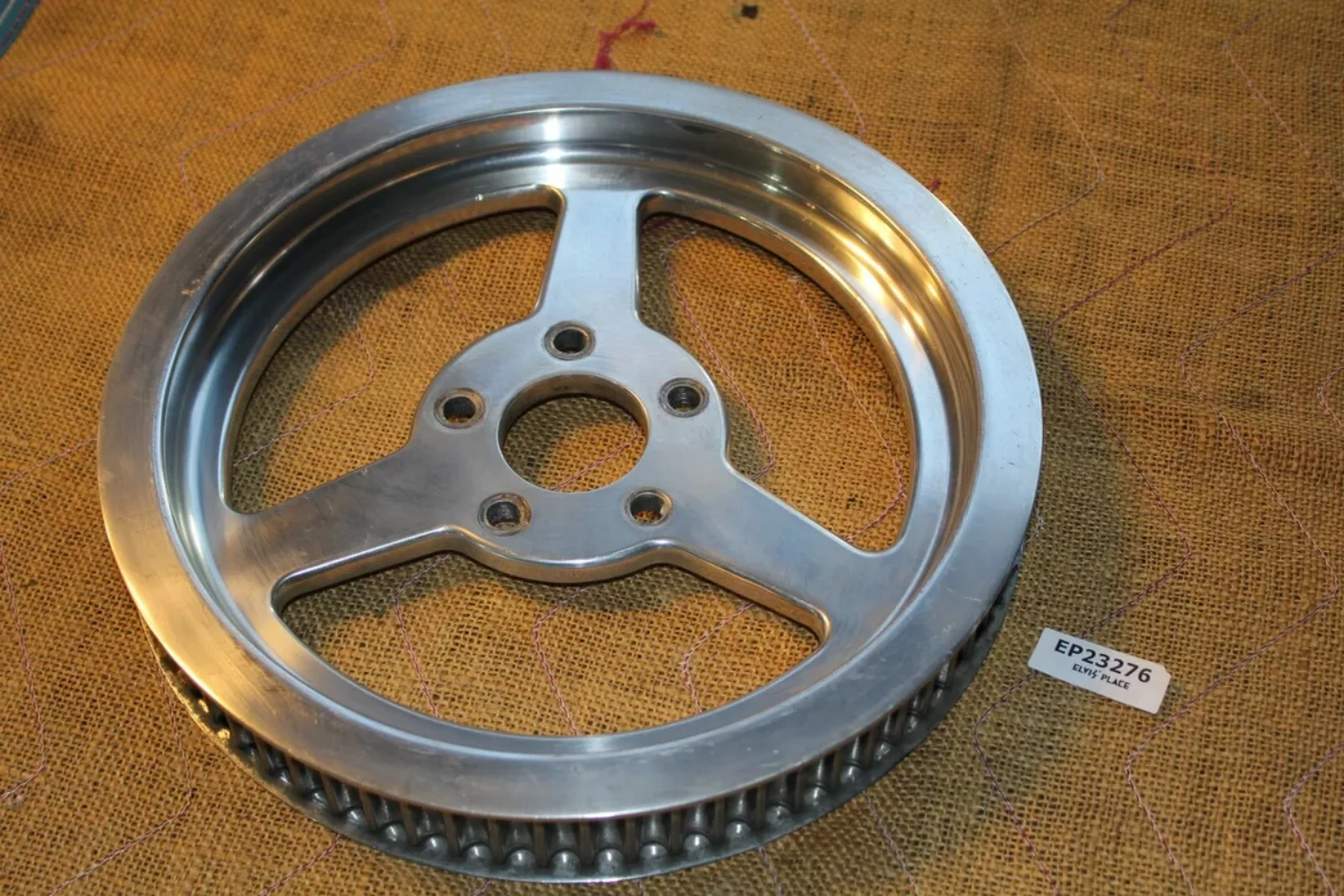The V-pulley is used in the alternator’s belt-driven system to transfer power from the engine’s crankshaft to the alternator’s rotor. The V-pulley is specifically designed with a V-shaped groove that matches the shape of the V-belt used in the system. The V-belt fits into the V-shaped groove of the pulley and uses the friction between the belt and the pulley to transfer power.
The V-pulley is designed with a V-shaped groove that matches the shape of the V-belt, which is a specialized belt used in belt-driven systems. The V-belt fits into the V-shaped groove of the pulley and uses the friction between the belt and the pulley to transfer power. As the engine’s crankshaft rotates, it turns the V-pulley, which in turn rotates the alternator’s rotor, producing electrical power.
The V-pulley used in an alternator is usually made of high-strength materials such as cast iron or steel to withstand the high stresses and loads associated with power transmission. It is also designed to have a specific diameter and groove width that matches the specifications of the V-belt used in the system.
Advantages of using a V-pulley in an alternator include:
- Efficient power transfer: The V-shaped groove of the pulley and the V-belt’s design allow for efficient power transfer with minimal slip.
- Reliable operation: V-pulleys are made of durable materials that can withstand high stresses and loads, ensuring reliable operation of the belt-driven system.
- Low maintenance: The V-belt and pulley combination is a low-maintenance system that requires minimal lubrication and has a long service life.( In general, V-pulleys in alternators are made of high-strength materials such as cast iron or steel, and they are designed to withstand high stresses and loads. With proper maintenance, such as regular cleaning and lubrication, V-pulleys in alternators can have a long service life, typically ranging from 50,000 to 100,000 miles or more.
However, it’s important to note that the service life of a V-pulley can be significantly shortened if it is exposed to harsh operating conditions, such as extreme temperatures, excessive dust or debris, and high loads. In addition, the pulley may wear out faster if it is not properly aligned with the belt, or if the belt is loose or too tight, causing excessive wear on the pulley.
It’s recommended to have the V-pulley inspected regularly during routine vehicle maintenance and replaced as needed to ensure reliable and efficient operation of the alternator and the entire vehicle. )
Disadvantages of using a V-pulley in an alternator include:
- Limited speed range: V-pulleys are designed for use in low to moderate speed applications and may not be suitable for high-speed applications.
- Limited power transmission capacity: V-pulleys have a limited power transmission capacity, and may not be suitable for applications that require high power transmission.
- Overall, the V-pulley is a critical component of the alternator’s belt-driven system, and its proper design and functioning are essential for the efficient operation of the alternator and the entire vehicle.
CONTINUE READING
Related Posts
In the world of machinery, understanding each component’s function is crucial for anyone involved in the field, whether professionally or […]
Custom sprockets stand as testament to the precision and innovation inherent in modern engineering. Each custom sprocket begins its journey […]
Pulleys, often underestimated, are critical in many applications, from the precise positioning required in high-tech machinery to the brute force […]





